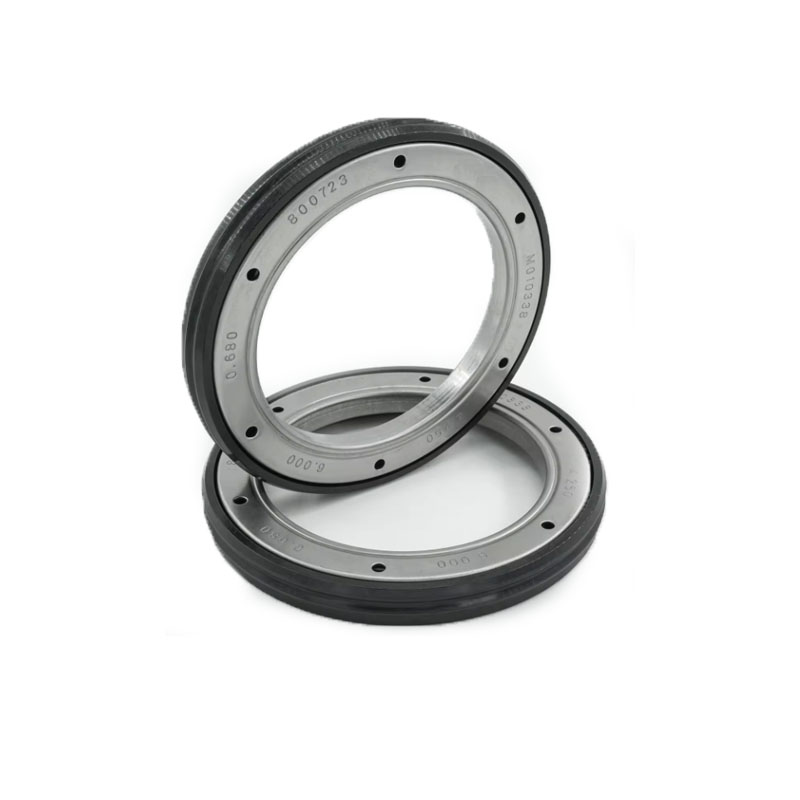sump plug seal
Understanding Sump Plug Seals Importance, Functionality, and Maintenance
In the realms of automotive and mechanical engineering, the sump plug seal, also known as the oil sump plug gasket, plays a pivotal role in ensuring the proper functioning of an engine. Despite its seemingly simple design, this small but significant component helps maintain the integrity of the engine's lubrication system and prevents contamination or loss of oil. In this article, we will explore the importance of sump plug seals, their functionality, and best practices for their maintenance.
Importance of Sump Plug Seals
The primary function of a sump plug seal is to provide a leak-proof barrier where the sump plug connects to the oil pan. This is crucial for several reasons. First and foremost, engine oil serves as a lubricant that reduces friction between engine components, thereby preventing wear and tear. If the oil escapes due to a faulty seal, it can lead to inadequate lubrication, potentially resulting in serious engine damage or failure.
Moreover, a sump plug seal prevents contaminants from entering the oil reservoir. Dust, dirt, and debris can significantly degrade the quality of the engine oil, leading to increased engine wear and reduced efficiency. By ensuring a tight seal, this component protects the oil from external contaminants, which is essential for maintaining the health of the engine.
Functionality of Sump Plug Seals
Sump plug seals are typically made from materials such as rubber, cork, or silicone, chosen for their durability and resistance to oil and heat. The design of the seal allows it to compress slightly when the sump plug is tightened, creating a tight fit that prevents leaks. Over time, however, seals can degrade, harden, or crack due to exposure to high temperatures, pressure, and the chemical composition of engine oil.
The effectiveness of a sump plug seal is also influenced by the proper installation of the sump plug itself. It is vital to ensure that the plug is tightened to the manufacturer’s specifications. Over-tightening can lead to damage to both the plug and the seal, while under-tightening can result in oil leaks.
Maintenance of Sump Plug Seals
sump plug seal

To ensure the longevity and effectiveness of sump plug seals, regular maintenance is essential. Here are some best practices
1. Regular Inspection During routine oil changes, inspect the sump plug seal for signs of wear, cracking, or hardening. If any of these signs are present, replace the seal promptly to prevent leaks and maintain engine health.
2. Use Quality Gaskets When replacing a sump plug seal, always opt for high-quality products that meet or exceed OEM specifications. Cheap or substandard seals may not provide the necessary protection and can lead to more significant issues down the line.
3. Tightening Technique When reinstalling the sump plug, use a torque wrench to ensure that you apply the correct amount of pressure. This will prevent over-tightening and the potential for damage while ensuring that the seal functions properly.
4. Monitor Oil Levels Regularly check the engine oil levels and look for any signs of leakage underneath your vehicle. Early detection of oil loss can save you from more complicated repairs in the future.
5. Change Oil Regularly Regular oil changes help prevent the build-up of contaminants that can compromise the seal and overall engine health. Follow the manufacturer’s recommendations for oil change intervals to keep your engine in optimal condition.
Conclusion
In summary, the sump plug seal is a critical component in the maintenance of an engine's lubrication system. Its role in preventing leaks and protecting the oil from contamination cannot be overstated. By understanding its functionality and adhering to proper maintenance practices, vehicle owners can extend the life of their engines and ensure they run smoothly and efficiently. Regular inspections and using high-quality materials during replacements will go a long way in safeguarding against potential engine issues, ensuring reliability and performance for the long haul.
-
The Ultimate Guide to Car Repair Kits: Tools and Essentials Every Driver Should Own
News Aug.01,2025
-
The Complete Guide to Oil Pan Gaskets: Sealing Engine Leaks the Right Way
News Aug.01,2025
-
Preventing Oil Leaks: A Complete Guide to Oil Pan Gaskets and Drain Seals
News Aug.01,2025
-
Everything You Need to Know About Oil Pan Gaskets and Drain Plug Seals
News Aug.01,2025
-
Essential for Car Owners: How to Use a Car Repair Kit to Deal with Minor Breakdown
News Aug.01,2025
-
Comprehensive Guide to Engine Oil Sump Gaskets and Related Seals
News Aug.01,2025
-
The Ultimate Guide to Boat Propeller Bearings and Trailer Wheel Bearings
News Jul.31,2025
Products categories















